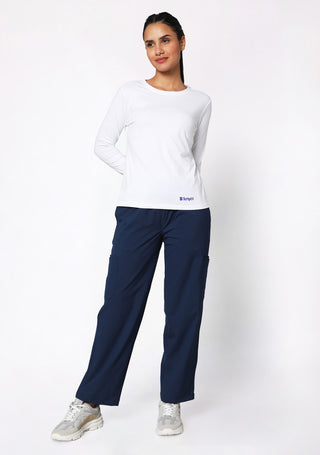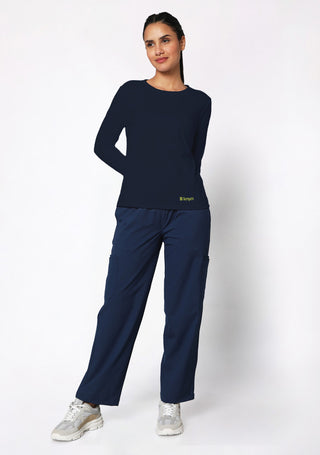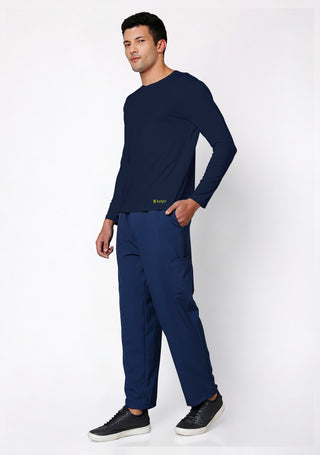Nurses are the heart and soul of the healthcare system, often the first to respond, the last to leave, and the most consistently present in a patient's care journey. But while their compassion and dedication are rightly celebrated, the innovative contributions of nurses often go unnoticed. At Knya, we recognize and honor the invaluable, forward-thinking changes that nurses bring into patient care every day.
From designing more efficient workflows to improving infection control methods and championing patient safety, nurses play a pivotal role in transforming healthcare through practical innovation. These improvements are not always grand or high-tech—but they’re impactful, lifesaving, and often born from direct, hands-on experience.
Why Nurse-Led Innovations Matter
When it comes to patient care, innovation doesn’t only mean developing new technology. It can also mean adjusting an approach, refining a system, or creating a tool that solves an everyday problem. Nurses are on the front lines, dealing with real-time clinical challenges and recognizing gaps in care before anyone else does.
Their proximity to patients gives them unique insights into the realities of treatment, recovery, and even emotional support. This allows them to innovate in ways that directly affect patient outcomes and staff efficiency.
For our male healthcare professionals, we offer a wide range of comfortable and stylish scrubs for men, designed to enhance both comfort and professional image
Real-Life Examples of Nursing Innovations
Let’s explore a few key examples of nurse-led innovations that are reshaping patient care across various settings:
1. Bedside Shift Reports
Instead of handing over reports at the nursing station, many nurses initiated bedside shift reporting, which involves patients in the conversation. This improves transparency, reduces errors, and increases patient satisfaction.
2. Customized Care Plans
Nurses often create individualized care plans that go beyond standard procedures, especially for patients with complex medical needs, disabilities, or language barriers. These personalized strategies drastically improve outcomes.
3. Pressure Ulcer Prevention Protocols
By observing common causes of pressure ulcers, nurses developed rotating schedules and specialized mattress recommendations that prevent serious complications among bedridden patients.
4. Infection Control Innovations
During the COVID-19 pandemic and beyond, nurses have contributed significantly to infection control protocols, such as innovative PPE donning/doffing techniques, and creative sterilization solutions when resources are limited.
5. Improved Patient Mobility Programs
To reduce hospital stays and complications, some nurses implemented early ambulation protocols that encourage patients to move around safely and recover faster.
6. Better Documentation Practices
Nurses have proposed color-coded charts, visual reminders, and voice-based recording systems to streamline documentation without compromising care time.
7. Emotional Support Strategies
Many nurse-led support initiatives focus on mental health, grief counseling, and patient-family liaison systems that bring emotional depth to healing.
The Role of Nursing Apparel in Supporting Innovation
Apparel might seem unrelated, but it plays a critical role in enabling nurses to innovate effectively. At Knya, we understand that comfortable, functional, and stylish medical scrubs, underscrubs, doctor lab coats, and surgical caps contribute significantly to nurse efficiency and confidence.
When nurses wear apparel that supports movement, keeps them cool under pressure, and helps them feel professional, it enhances their performance and morale. An empowered nurse is an innovative nurse.
Discover the best lab coat designed for comfort and protection. Shop from here.
Empowering Nurses Through Education and Leadership
For innovations to thrive, nurses need to be empowered through:
-
Leadership opportunities
-
Access to continuing education
-
Recognition for contributions
-
Autonomy in decision-making
When healthcare institutions invest in these areas, nurses are more likely to take initiative, challenge outdated practices, and introduce solutions that have lasting impact.
Innovation in Every Specialty
Whether in pediatrics, emergency medicine, surgery, or oncology—nurses innovate across every specialty. Pediatric nurses might design child-friendly procedures to ease anxiety. Surgical nurses often refine pre- and post-op protocols for quicker recovery. And oncology nurses personalize chemo care schedules to better suit patient lifestyles.
Innovation isn’t confined to high-tech labs—it’s found in every scrub pocket, every shift, every heartfelt conversation.
Conclusion: Celebrating the Silent Innovators
Nurses are much more than caregivers—they are scientists, problem-solvers, educators, and innovators. At Knya, we believe it’s time to give nurses the recognition they deserve—not just for their compassion, but for their brilliance.
Every protocol they rewrite, every patient comfort they improve, every system they streamline—it all stems from their unmatched understanding of care. These quiet yet powerful innovations are transforming healthcare every day. And as a brand that celebrates healthcare heroes, we’re proud to support nurses with apparel that keeps pace with their excellence.
Whether it’s a thoughtfully designed doctor coat, breathable medical scrubs, or confidence-boosting underscrubs, we stand with nurses—not just in their work, but in their everyday innovation.













